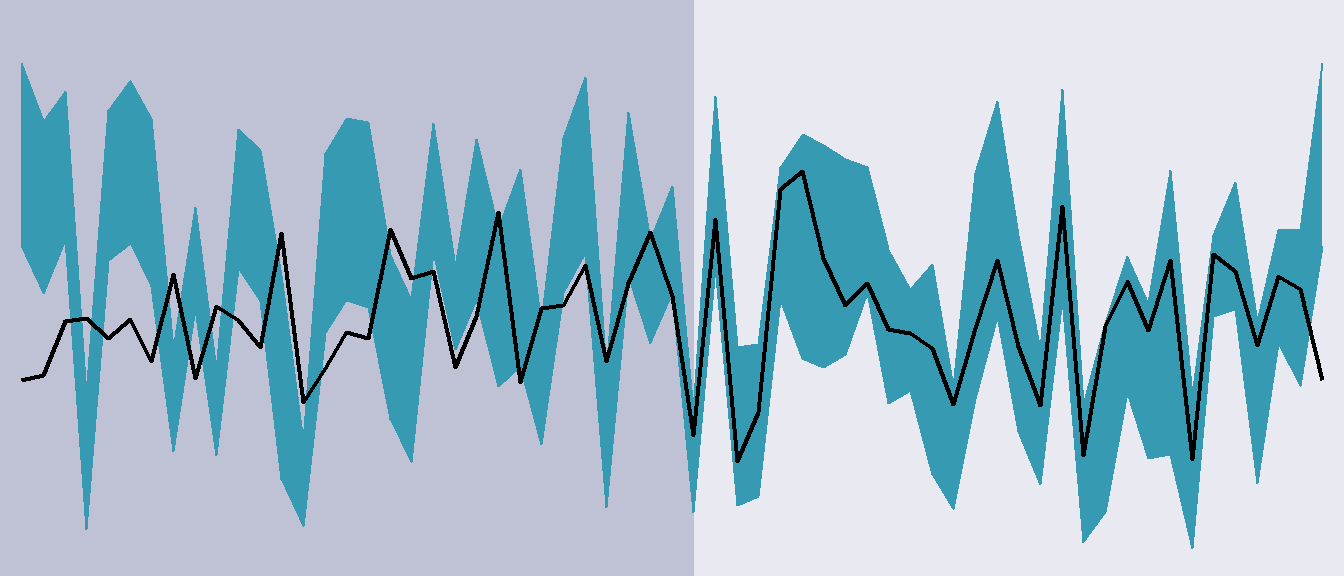Engaging in regular physical activity is key to promoting overall well-being. Sports contribute to cardiovascular health, muscle strength, and flexibility. Additionally, they enhance mood, reduce stress, and support a healthy lifestyle, fostering both physical and mental fitness.
As part of the comparison between self- perception and molecular analysis, we defined three different confidence levels, ranging from “speculative” to “medium” to “high”, indicating the extent to which your profile is ambiguous between the categories. The confidence of your molecular analysis is stated next to the category header.

